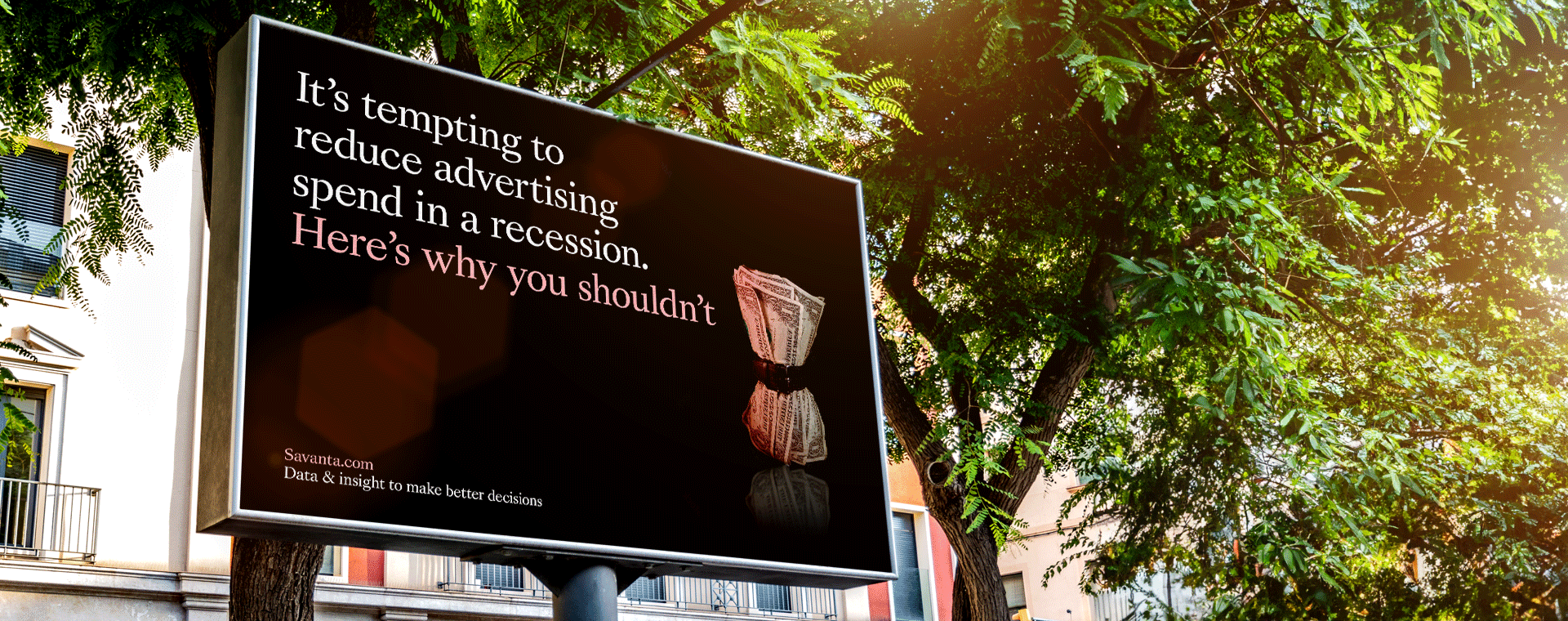
Resilience & recovery in the third sector
The COVID-19 pandemic has had a devastating impact on a number of sectors in the UK, with charities being amongst the worst affected.
A number of charities have seen their incomes dramatically impacted by reduced donations from their supporters. This has been further compounded by charities’ limited ability to use established fundraising mechanisms such as charity shops, events and on-street fundraisers.
The result is a sector that is facing significant challenges to their financial resilience, and at a time when many charity services are seeing a dramatic increase in demand.
Just 36% of charities feeling confident in the Government’s strategy for dealing with the pandemic...
NFPs are more likely than UK businesses to have been negatively impacted by COVID-19.
Savanta’s B2B COVID-19 tracker data from April to September showed that the not-for-profit sector was more likely to report negative impacts of the pandemic than commercial sectors (84% vs 77%), with three-quarters of not-for profit organisations reporting a decline in income as a result of the pandemic.
These impacts meant that charities were forced to adapt quickly, with an apparent focus on service delivery than financial security. A Charities Aid Foundation survey in May reported that 53% of charities reported donations having fallen since the start of the crisis. That same survey showed that in response 39% of charities had found alternative ways to deliver services and 23% had refocused their activities. Just 8% at that time said they had found new sources of income or new ways of fundraising.
Alongside declines in income, Savanta’s BrandVue Charities, which surveys 60,000 consumers each year, shows there are also steady declines in support as the pandemic has progressed. Given the restrictions in place for large parts of the year, it’s unsurprising to see the most significant impacts have been to support of charity shops and fundraisers. All sectors have seen an impact to support, with animal welfare, disability and armed forces charities the most affected.
The survival of some charities is in question
With Savanta’s B2B tracker showing just 36% of charities feeling confident in the Government’s strategy for dealing with the pandemic (compared to 51% of businesses), a quarter of charities do not feel confident of surviving the pandemic.
So, how can charities respond to supporters’ new Covid context to reverse income declines and ensure survival?
Savanta’s qualitative research highlighted that charity supporters whose own income had been adversely impacted by the pandemic needed to focus first on their own finances, meaning donations were temporarily halted. The research also unveiled some changes in supporter priorities, with people feeling more comfortable making one-off donations, appreciating the flexibility rather than being in a subscription, especially at a time when people feel financially vulnerable. There was also more interest in supporting local charities, and less in overseas, reflecting an increased sense of community spirit.
Related to that increased sense of community spirit, our BrandVue data has also shown an increase in volunteering since the start of the pandemic. Indeed, there appears to be unmet desire to offer voluntary support: when we asked the public at large how they would prefer to engage with a charity organisation they cared about, one in five chose options related to volunteering. Nearly one in ten (8%) said they were involved in a community initiative that they weren’t before the pandemic, with younger groups, those in London, ABC1 social groups and BAME people most likely to say this.
This all signals that the charity sector will need to adapt to thrive
All of this points to charities needing to adapt and refocus their supporter, fundraising and campaign strategies. At least for the time being, supporters are likely to appreciate increased flexibility to give ad-hoc donations, and if they can’t donate right now there is increasing appetite to volunteer. Campaigns are more likely to resonate if there is a focus on local benefits and contributing to communities, as well as being relevant to the pandemic that is still front of mind for the public.
In order to succeed there also likely needs to be an accelerated push to move more to digital, both in terms of fundraising events and donation routes. Savanta’s State of the Charity Sector research for New Philanthropy Capital showed that while charities consider development of digital capability to be important for the future of their organisation, they often feel they lack the resources and knowledge to develop their digital offer. The pandemic has forced the sector to fast-forward their digital strategies which will remain vital in gaining greater share of supporter wallet in an increasingly competitive fundraising context.





